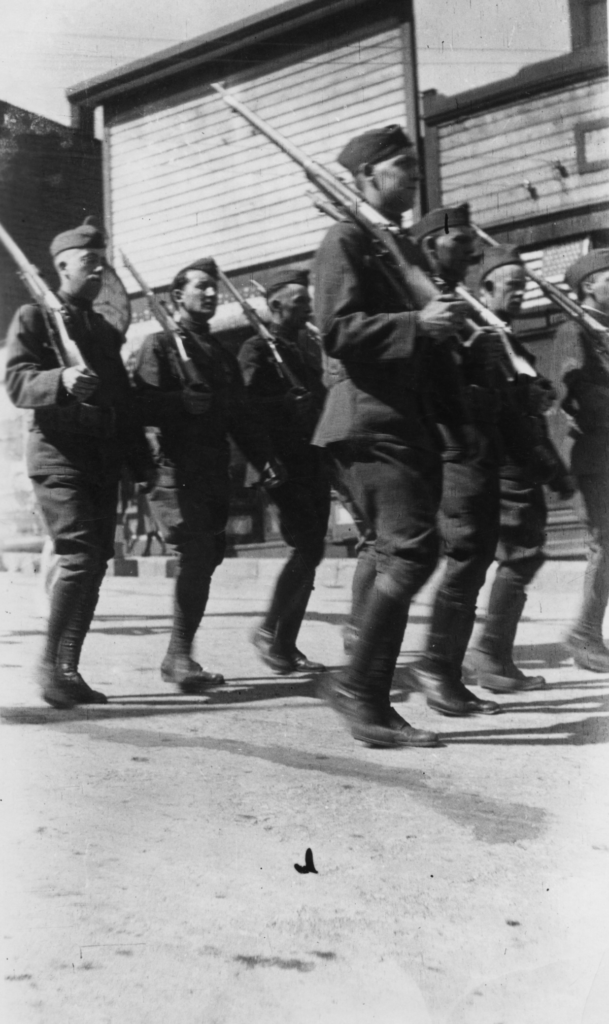For those unfamiliar with details of the 1918 “Spanish flu” pandemic here are some statistics: it affected 500 million people; it disproportionately attacked young, healthy adults; it killed more people throughout the world in a single year than the “Black Death” killed throughout Europe in four years; and with the loss of some 50-100 million of those affected (5-6% of the world’s population) it was the deadliest natural disaster in recorded history. Between January 1918 and May 1919, the flu reached every corner of the globe. Park City was not spared.
The pandemic came in two waves. The first wave, appearing in the United States in January 1918, acted like a typical seasonal flu outbreak, mostly affecting the very young, elderly, and the immunocompromised. But after a lull in the spring and early summer months, a far deadlier mutation appeared in August 1918. Ease and availability of travel as well as the crowded trenches, field hospitals, and troop movements of the ongoing World War made for easy spread of the disease.

Credit: Park City Historical Society and Museum, Fraser Buck Collection
Utah reported the arrival of the deadly second wave strain in October. At a state health board meeting in Salt Lake City, the health inspector ordered all public spaces closed in communities with confirmed cases. Park City Mayor J.J. Fitzgerald called a meeting with local doctors to determine the city’s response to the order.
Doctors Snow and LeCompte argued against quarantine, saying that with no confirmed cases, any official action by the city would be tantamount to fear-mongering. Doctor Barta, however, firmly opposed his colleagues. He reported at least six cases in his care and urged Fitzgerald to act promptly. Fitzgerald agreed and on October 11 the city ordered schools, theaters, and other public gathering places closed until further notice.
City officials urged citizens to follow quarantine rules and practice common sense to avoid contagion. Articles published in newspapers throughout Utah emphasized the importance of fresh air in warding off “the dread disease” and advised people to keep their windows open day and night. And though we can hope that most everyone knew this already, the Park Record reminded Parkites to “sneeze in your handkerchief, and not in your neighbor’s face.” On October 29, the Mayor instituted a rule requiring face masks be worn in public.
Many residents ignored the order. In an effort to combat complacency, the paper regularly reported on the successes of other places with mask laws, from San Francisco to troop ships crossing the Atlantic, in preventing particularly severe outbreaks. In her memoir, Parkite Helen Paul, only about thirteen at the time, recalls that her house “constantly smelled of Lysol or Creosote, for the gauze mask always worn out of doors had to be boiled in a solution of one or the other.” Though masks likely did help, there was little hope that the community would completely eradicate the disease before it wreaked its havoc.
Check back here next week to read more on the effects of the flu pandemic in Park City.